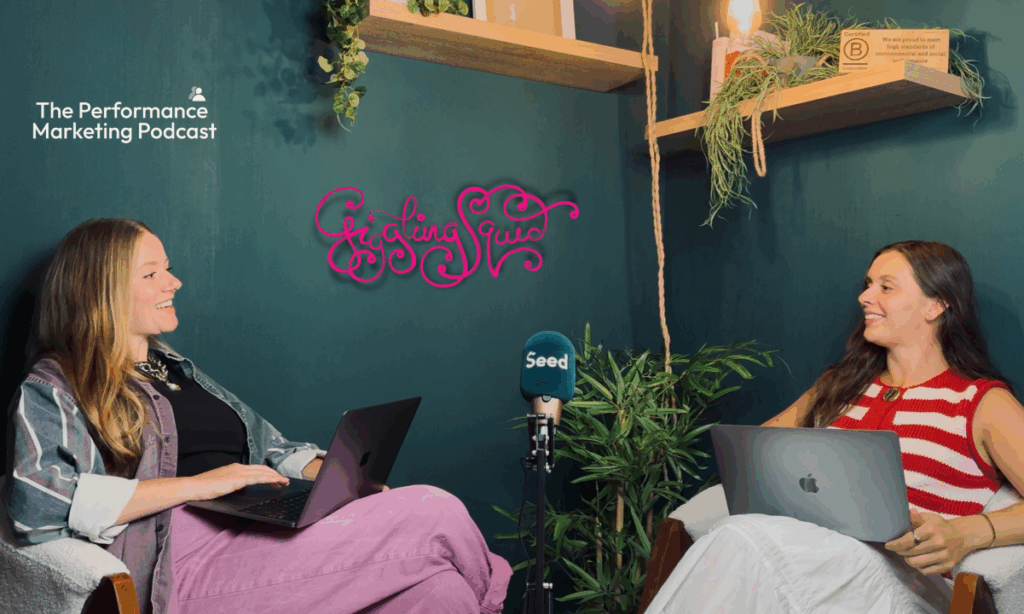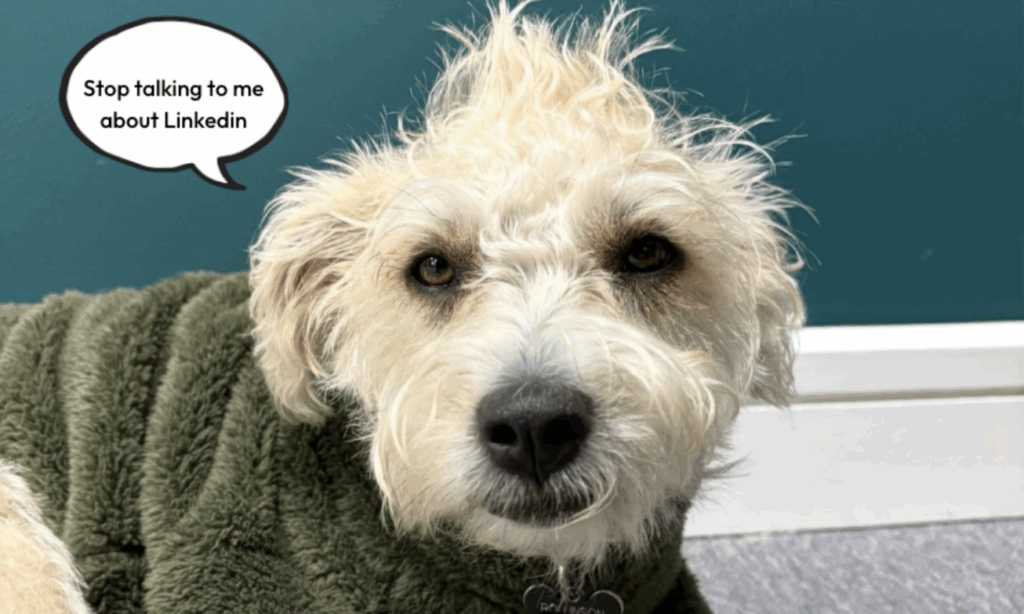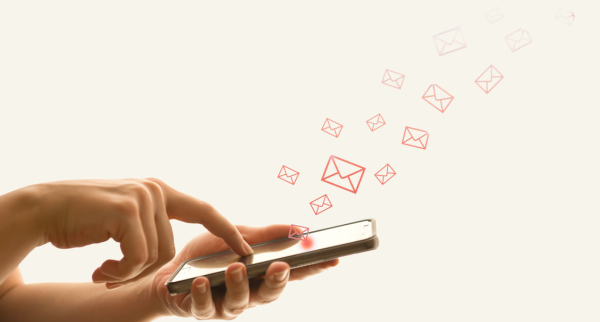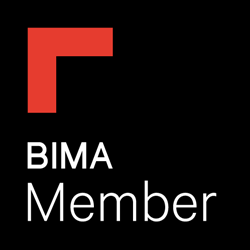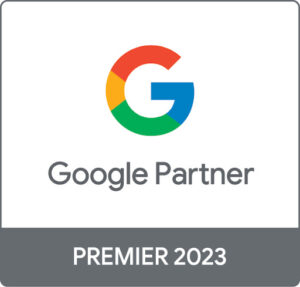Automating your email workflow can be an incredibly powerful tool for generating more sales, customer loyalty and establishing greater customer engagement.
Email automation is all about triggering emails to send to people once they have subscribed, opened, clicked or purchased something on your website. Then, depending on their individual behaviours, you can tailor your email communications with your audience to encourage them to perform further actions or engage with your brand.
1. Following Up the Initial Enquiry
Perhaps the most obvious but by far the most important form of email automation. Following up your customer’s initial enquiry is the first, and possibly the only, chance you’ll get to directly communicate with them. This is your best chance to engage the customer, to get them to become a fan of your brand.
Here are 4 things your follow up email should include:
A big thank you – a recent study in customer behavioural economics found that we prefer thank yous over small financial rewards. It’s all about making the customer feel valued here. Make them feel part of the cause, part of what you’re trying to achieve. It seems small, trivial financial rewards are no longer as powerful as they once were.
Reinforce your purpose – tell them why you’re doing what you’re doing. Remind them of your company mission and brand values, but make sure you don’t go into preacher mode.
You’re a real, trustworthy company – whether you decide to write your email in brand voice or a personal voice it’s important to show them that you’re a real company with real clients. Utilise reviews and testimonials from previous customers to demonstrate how others have benefitted from working with or buying from you.
Briefly explain your value – remind your customer how you’re going to help them if they decide to go with you or purchase your products. The sales message slightly changes here, you know they’re interested so you’ve got to make the most of it.
2. Purchase Confirmation
In similar fashion to the enquiry follow-up email, your purchase confirmation email is a brilliant chance to get customers to fall in love with your brand. This is where your customer’s life cycle begins, where their loyalty to your brand starts. That’s why your confirmation email needs to be more than just a receipt of the customer’s purchase.
There’s a famous cognitive bias called Buyer’s Remorse which suggests that we all feel a great sense of regret or guilt after buying something, particularly if the purchase is expensive or superfluous. Ever thought “Oh no, what have I done?!” after paying for a particularly expensive holiday? Well, you’re not alone – we all suffer from Buyer’s Remorse.
To avoid those negative emotions you need to help your customers rationalise their purchase from you. Use post-purchase rationalisation to reassure your customers that their purchases were the right decision, and ,therefore, reinforce their justification for buying in the first place. Congratulate your customers on their purchase or enquiry. Support their decision with comforting, positive confirmation messages that help them justify why it was the right decision.
Congratulate them on their purchase, remind them why it was the right decision and even encourage them to share their decision via social media.
3. Review Reminder
I don’t need to tell you how powerful reviews are. 81% of people now research products and services online before committing to buying them. That means having reviews on your website are essential for online businesses.
Set up email automation to ask your customers to leave feedback about your product which you can then later use as a review to bolster your business’s trustworthiness and social proofing. It’s important to make your customers feel like their opinion matters to you. Ask them how you can improve for next time so they know you care. They’ll appreciate that you’re trying to improve your service and they’ll enjoy being part of the process.
Make sure you don’t oversell your brand. Let them make up their own mind, they’ll appreciate the freedom of opinion without having your brand rammed down their throats. Remind them of your mission and company values by all means, but ultimately you need to let them make their down decision.
Keep it simple. Don’t overcomplicate asking for a review and make sure you keep the amount of effort they have to make to a minimum.
Keep your language open, friendly and onbrand. They’re doing you a favour too, so make sure you reward them for their efforts and, hopefully, their endorsement of your company. If you struggle to get reviews through email automation, why not consider offering a small incentive? A small gesture such as a saving off their next purchase both encourages them to make a review and increases the likelihood of keeping them as a customer.
4. Cart Abandonment
According to one study, over 68% of online users abandon their carts before completing the checkout process which accounts for £12.7 billion ($18 billion) in lost revenue each year. Web users give up their carts for a number of reasons; sometimes user experience is at fault and other times they leave due to distractions, multiple tabs open at once, second thoughts, loss of signal if mobile browsing, website timing out, etc. Apparently, one of the most common reasons for cart abandonment is high shipping costs.
Reminding your customers what they’re left in their cart with a simple friendly nudge can have a massive payoff for your business, and it doesn’t take long to set up. Studies from eConsultancy suggested that 48% of all cart abandonment emails were opened by customers with around 11% of those opens going on to complete their purchase.
Imagine that, an extra 11% more purchases just because you’ve set up an automated email workflow for cart abandonment. Surely it’s a no-brainer?!
Think about how you can entice your customers to come back to complete their purchases. They’ve already seen your site, they were clearly engaged at some stage because they’ve added items to their cart – email is your best opportunity to reclaim those lost sales.
Check out shopify’s blog on 9 case studies on cart abandonment emails and what you can learn from them.
5. Nurturing Customer Loyalty
We’re strong believers that Customer Lifetime Value is the single most important metric for understanding your customers. We all know it’s far more costly to acquire new prospects than retain existing ones. Therefore, extending your Customer Lifetime Value by focusing on your customer retention strategy has to be at the epicentre of your marketing efforts.
There are many ways to extend customer loyalty with email but above all else you must make sure every single email you send benefits your customers, doesn’t ask too much of them and never ever annoys them.Here are four ways which we’ve found have worked wonders with email automation:
Here are three ways which we’ve found have worked wonders with email automation:
Reward passive customers – all customers have different buying timeframes. Some will be more regular and others will sporadic. Reward your passive customers even though they aren’t using or buying from you. For example, 1 month after registering the customer gets a reward to use because they’re a ‘valued customer’. After 3 months they get another, and another after 6 months. Give greater rewards to regular customers, and trickle in spontaneous rewards for infrequent buyers too. Realistically you’re not giving much away and it’s worth keeping them in the conversion funnel.
Personalise the content – personalisation is huge in 2016, it’s almost expected now. I’m not just talking about using names. Make sure the email content you display is dynamic and completely relevant to each person you’re sending it to. Blanket newsletters do have a place, of course, but the technology to display totally personalised messages is there so why not make use of it?
Delight your customers – we all love a pleasant surprise, especially from brands we value. It feels good to give too, so doing something extra nice, like sending a birthday email with a gift voucher, can create a moment of delight for your customer that pays off big in the future. But only give worthwhile surprise rewards to your customers, don’t be giving knitted jumpers at Christmas. Worthwhile reward-based emails are all the more delightful when they’re not expected. Look for those special moments to do something extra, or create your own “moments of delight”. These emails are often appreciated and extra memorable.
Use email automation to increase customer loyalty
So there we have 5 must have workflows for email automation. These are just 5 ideas to increase customer happiness and loyalty, there are plenty more and the list is endless. Current and repeat customers deserve special attention. It’s important to understand the emotional triggers that drive loyalty for your audience. Automated email marketing workflows can be utilised to both increase the number of repeat purchases and brand loyalty.
Your brand fans are your greatest asset, so make sure you look after them.


